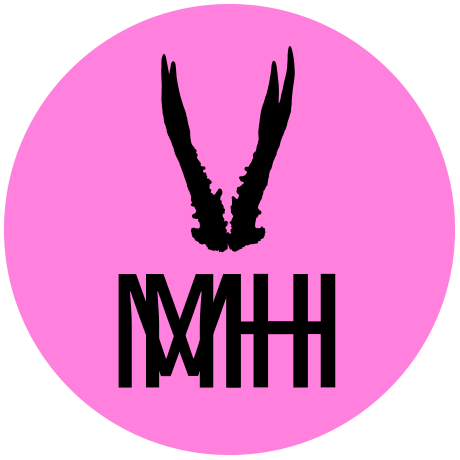On the intrinsic value of the artistic process
Oslo, March 2024
“Dear me! How long is art, and short is our life!” With these words, the eponymous character in Goethe’s Faust complains about the imbalance between human ambitions and their temporal limits, thus pointing to a famous Hippocratic aphorism. Any artist, in fact anyone with a bucket list, should be familiar with the problem, the fear of not having accomplished their goals when the hourglass runs out. And time is running faster than ever before. German sociologist Hartmut Rosa even speaks of an acceleration of the speed of life in our modern times. Likewise, our attention span is gradually decreasing, as research suggests. Watch any movie from the 60s or try reading through an entire newspaper article and you’ll have proof. What does this mean for the artistic process? Interestingly, art is changing, too. It is adapting to the shortness of time and has itself become faster. Back in the days, it wasn’t unusual for a work of art to take months or even years to complete. For a modern artist it’s a fight for survival, socially and economically. I’m by the way excited about how AI will change our understanding of what art is and about how artists will use it to express themselves as the 21st century progresses. I’ve never used AI myself and for now, I choose to remain sceptic. For me, craftsmanship has always been a key component in art, on a par with the artistic expression. This may sound like an antiquated opinion, but I believe its relevance is quite contemporary.
Speaking for myself, I expect my works to have a certain gravity so that they resonate accordingly and create meaningful encounters. Without the manual effort and the time commitment, it simply wouldn’t work. This is why I refuse to equate slowness with inefficiency. Consequently, I have developed a special interest in the different cognitive processes that occur while a drawing takes shape. I refer to them as secondary values, assuming that the work of art itself represents the primary value. These secondary values can be phenomenological in nature, but they can also be about flow, growth and persistence, all of which I assume are the fundamental building blocks of creativity and innovation. The artistic process is about thinking and learning. Not just technically, i.e. refining the craft and improving products, but also existentially. Immersing yourself in the work ultimately means creating a space for reflection and introspection, a repository of ideas, in other words: a bullshit-free time utilization zone. I consider this space to be as valuable and real as a work of art itself. It is also immanent to the artwork, as its ultimate essence or aura, as Walter Benjamin would have put it. Therefore, I’m sometimes tempted to delay the moment of completion or prevent it altogether. At the same time, I also think that completion is overrated as an ultimate goal, in art as well as in life. The fact that neither Doctor Faust nor hardly anyone else leaves the stage sated speaks for itself. Perhaps a little change in focus would not be inappropriate.
I believe that the artistic process has great potential, not just for artists but for everyone. We live in a moment in time in which introspection often takes the shape of a narcissistic self-display or a destructive self-fragmentation, none of which lead to real growth. More and more young people stop functioning and become welfare cases, as recent figures underline. And understandably so. The fear of personal failure is overwhelming. The constant flow of information wears down the mind and creates paranoia. Paradoxically, it is not the noise that scares the most, but the silence. One of the greatest challenges of our time is to reclaim time, refill the vacuum, regain self-consciousness and get productive. I like to think that artistic processes can be part of the solution, simply because art is at the very core of creativity and self-understanding. Art can also teach us to be conscious, to observe, listen, learn and to improve. It can help us become more resilient. I hope that in the future educational authorities will be less oriented towards market forces but will instead create more sustainable learning conditions. I wish to see practical-aesthetic learning strategies be more broadly integrated into the curriculum to sustain creativity and give rise to innovation. In this sense, I also hope that our future understanding of art will not completely abandon the process for the sake of the product. To be honest, I’m actually slightly optimistic.
On drawing
Oslo, July 2023
My works are inspired by nature, science and the still life genre. They also reflect my own phenomenological considerations, the dialogue between artist and object manifested in the work. When I draw objects, I seek to unveil their enigmatic, mysterious nature as well as the mathematical complexity of which they consist.
Although I work in a figurative, one might say realistic way, my goal is never to depict reality. Instead, I want to reveal some kind of hiddenness about the object, its innermost and unheard identity. The key factor in this process of observing, listening and refining, is time.
My work largely depends on the process. This might explain my love of long-drawn-out, traditional techniques. When applying layer by layer of thin lines, the emerging pattern evolves as an entity of its own. The motif might appear heavier, darker and more intense. This highly time-consuming process is a goal in itself, the drawing becoming a time capsule, a small bastion against entropy.
